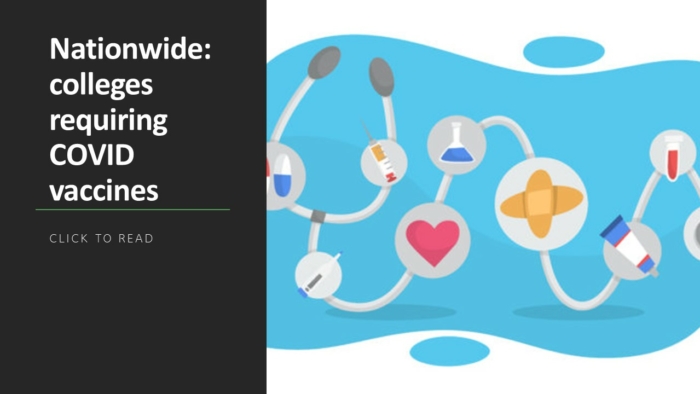Alert to administrators seeking student success solutions: the needs of today’s incoming students do not resemble those of past generations. While the impact of unfinished learning in K-12 is well known to higher ed leaders, what may be less obvious is that hybrid learning and other pandemic-driven adjustments are seen as the “new normal” by incoming college students, according to the new “Navigating the Recovery” report from higher ed consultants EAB.
And this unprecedented experience has left many first-year students coming right out of high school less prepared academically and emotionally for the college experience, the report warns.
But there are challenges within higher ed, as well. The entire sector is grappling with heavy turnover—higher ed job postings, for example, spiked by 280% in spring 2022. Student success and support leaders may now be operating with less experienced teams to meet growing needs as mental health replaces academic achievement as the top priority on many campuses, EAB’s report says.
“We should not panic,” Ed Venit, EAB’s managing director writes in the report. “Instead, we should view the challenges ahead as an opportunity to finally address student success barriers that have existed for years.”
Building on recent innovations, EAB’s analysis offers several student success solutions to help campus leaders meet the challenges of the coming years:
1. Rebalance support and free capacity: One-size-fits-all support underserves students who need intensive assistance while overserving those who are more smoothly transitioning to higher. Campus leaders should develop systems to separate students into these three tiers: baseline support, active monitoring and intensive care.
2. Fully implement early-alert systems: Many colleges and universities have early-warning platforms to identify students who are struggling but not all institutions are getting the most out of their investments. Administrators should recommit to a multi-semester process of fully activating their early-alert system. EAB’s report provides a checklist administrators can use to assess this alert process.
3. Embrace mass communication: Institutions looking to broaden the reach of their communications should consider an “SSMS system” that can mass-message groups of students. This technology allows administrators to pre-coordinate messages, better focus on onboarding and orientation for first-year students, automate outreach and provide students with self-service tools.
4. Develop a mental well-being strategy: Mental health services have often been siloed in Student Affairs counseling centers. To meet rapidly increasing demand and avoid staff burnout, counseling services must be supplemented with nonclinical supports developed through an equity lens. Students of color often have greater mental health needs but white students are more likely to seek out counseling, EAB advises. Campus leaders can use their communications systems to nudge students who need help or conduct well-being surveys.
More from UB: Why Stanford President Marc Tessier-Lavigne is under investigation







